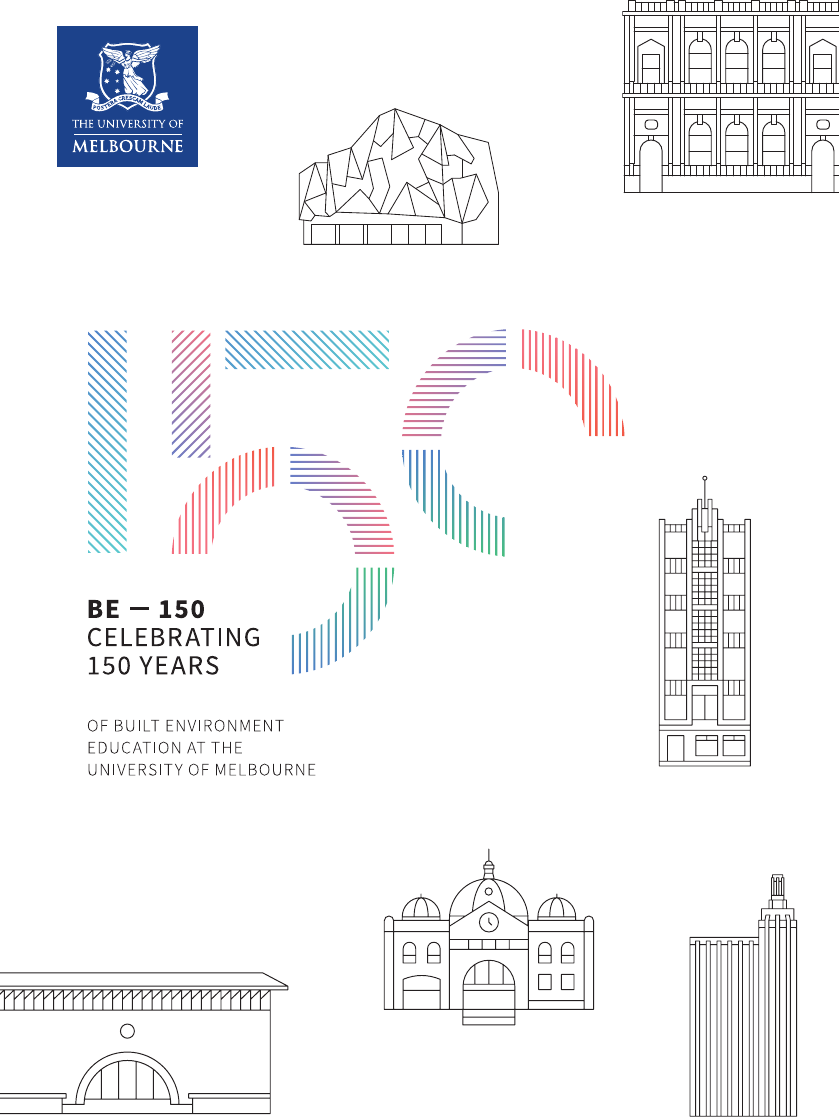
unimelb.edu.au/be150
PROGRAM GUIDE
SEMESTER 1, 2019
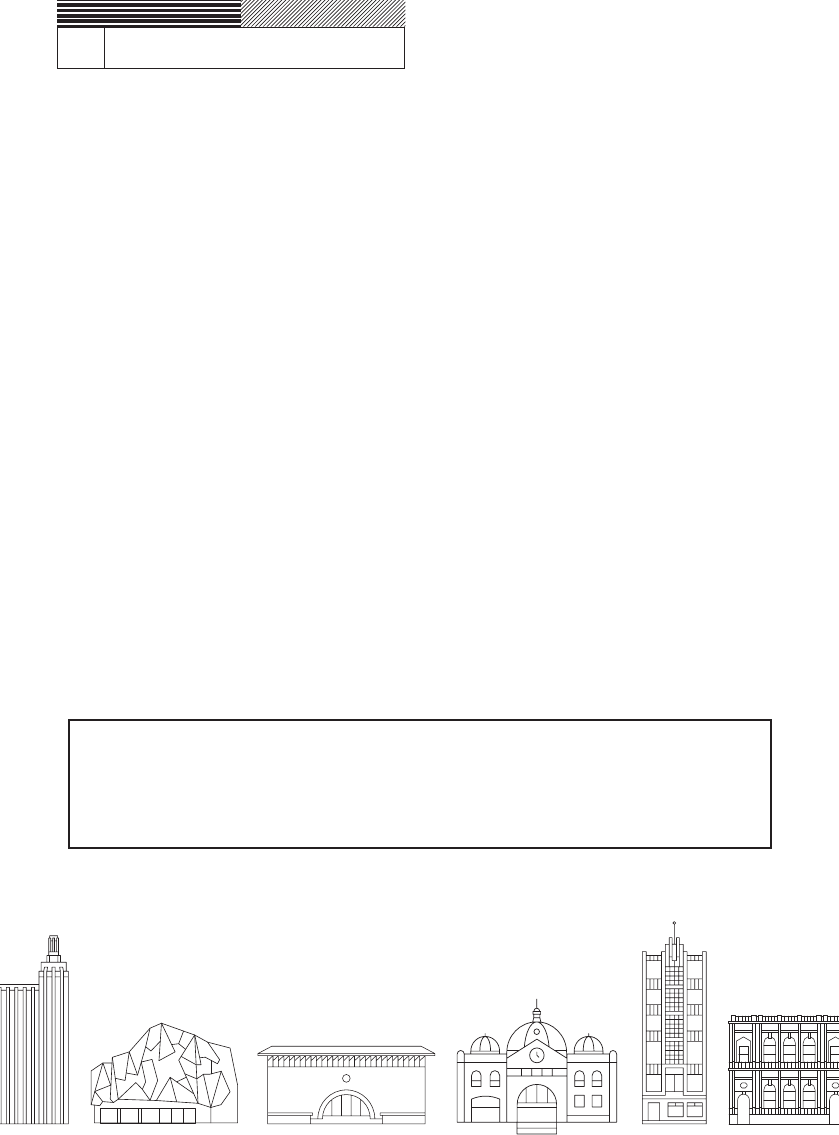
2
WELCOME TO BE—150
The BE—150 program provides a myriad of
opportunities for meaningful interactions,
discourse and new connections within our
community. The program oers an opportunity
to celebrate the impact our community has
made. It provides possibilities to showcase the
talent of our students, alumni and sta and is
a chance to explore the contribution they are
currently making and will continue to make
in shaping the future of built environments
professions and forms both locally and globally.
I warmly invite you to get involved with the
celebrations.
Professor Julie Willis
Dean
Faculty of Architecture, Building and Planning
Incorporating the Melbourne School of Design
(MSD)
Dean’s Welcome
In 2019 the Faculty of Architecture, Building
and Planning celebrates 150 years of built
environment education at the University of
Melbourne. To mark this signicant milestone
we have curated a year-long program of events,
competitions and exhibitions.
A key aspiration of our Faculty is to provide
outstanding education to activate the next
generation of built environment leaders,
professionals and thinkers able to create and
inuence our world. We also aim to push the
boundaries of knowledge to enable graduates,
researchers and practitioners to prosper at the
leading edge of their elds. The BE—150 program
has been carefully curated to support and enable
these aspirations.
Sign up to receive program updates:
unimelb.edu.au/be150/stay-in-touch
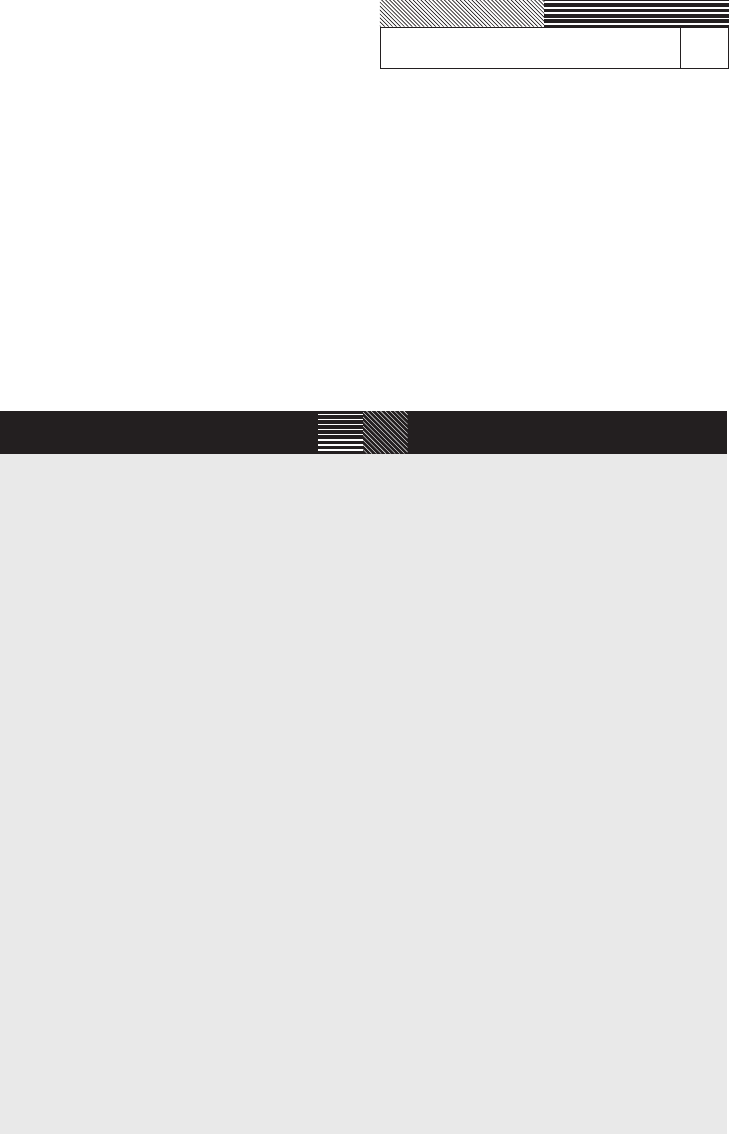
3
BE-150 PUBLIC PROGRAM:
Semester 1 Highlights
The BE—150 program explores and
acknowledges the rich history of built
environment education and the impact that
our community has and will have on the
future of built environment forms, disciplines
and professions.
EVENTS
5 March BE—150 program launch
11 March Hungry Town: 2019 Labour Day
Symposium
19 March
Treseder Fellowship:
Christian Bason
20 March
More Than Bathrooms: Gender
Diversity in Architecture
Alumni & Industry Panel
22 March
Competition launch
The Future Park Design Ideas
Competition: New Public Space
for Melbourne
16 April
‘Avoiding Green Lemons: the
value of green building - the
past, present and future’
Alumni & Industry Panel
30 April
Dean’s Lecture:
Beatriz Colomina
7 May
Dean’s Honours Awards:
Undergraduate
14 May
Dean’s Honours Awards: MSD
20 June MSDx: End of Semester Show
Opening Night
27 June
MSDx: Come and Play Day
EXHIBITIONS
BE—150 HIGHLIGHTS
25 February – 25 March
Smoke and Mirrors Studio Exhibition
Dulux Gallery, MSD
7-24 March
Excavating Modernism:
Stylistic Species, Émigré Architects
and the South-Eastern Suburbs
Glen Eira Gallery, Glen Eira
16 April - 17 May
Water Lore: Learning from the Drylands
Dulux Gallery, MSD
20 April - 30 August
A Better Future: 50 years of Urban
Planning at Melbourne
20 May – 7 June
Construction Design Studio Exhibition
Dulux Gallery, MSD
20 June – 5 July
MSDx: End of Semester Show
Melbourne School of Design
1 – 12 July
AA Visiting School: New Paper Studio
Exhibition
Melbourne School of Design
We look forward to sharing the celebrations
with you through the diverse range of public
events, competitions and exhibitions.
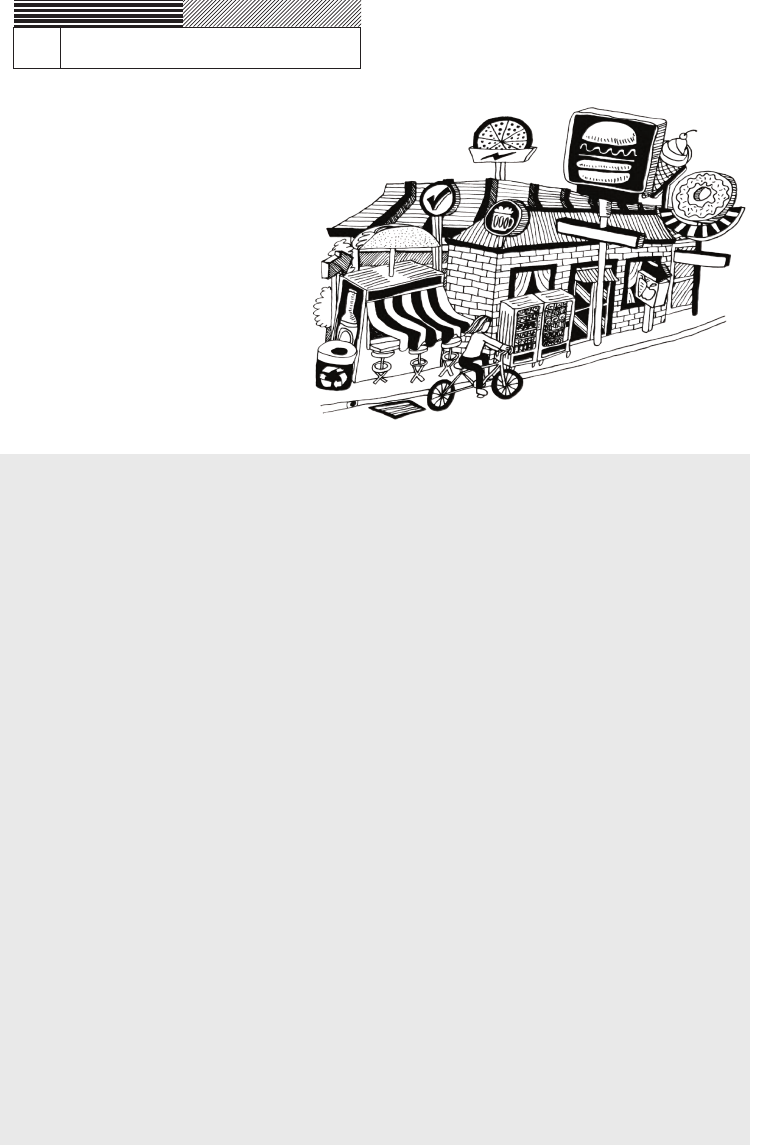
4
SYMPOSIUM
Hungry Town:
2019 Labour Day
Symposium
11 March 2019
Japanese Room, Level 4
Glyn Davis Building
Melbourne School of Design
Join us for the annual ACAHUCH Labour Day Heritage Symposium. In 2019 we’ll
explore new research into the value, purpose, form and history of spaces for the
purchase, consumption and production of food.
Dining trends come and go; the heritage of
food consumption is oen ephemeral. Fashions
have embraced beer gardens, wineries, the
celebrity chef, migrant cafes, the temperance
movement, theatre restaurants, al fresco dining
and more. In all cases design has played a crucial
and formative part in shaping not only food
culture or the built environment, but also social
interaction itself.
At Hungry Town we will discuss new
understandings about the historical and heritage
signicance of the spaces and places of food.
Bringing together a fascinating group of national
and international speakers, themes covered will
include:
• Food as a focus for community and activism
• The BBQ!
• Dining spaces for leisure and entertainment
• Migrant identity and food
• Restaurant aesthetics from fast food to ne
dining
• Indigenous and non-indigenous rural
productive landscapes
• Iconic places of food distribution and
storage
• Commentary and response from Prof
Robert Freestone, UNSW.
The closing keynote of the symposium will be
delivered by Dr Samantha Martin-McAulie
of University College, Dublin who edited the
collection Food and Architecture (Bloomsbury,
2016), which explores the intersections between
taste and place. Dr Martin-McAulie’s research
interests include Classical antiquity, the
reciprocity of the built environment and food,
and the phenomenology of landscapes.
Convened by David Nichols, Hannah Lewi
and Andrew Murray and ACAHUCH, Faculty
of Architecture, Building and Planning, The
University of Melbourne.
Image: Carolyn Hawkins
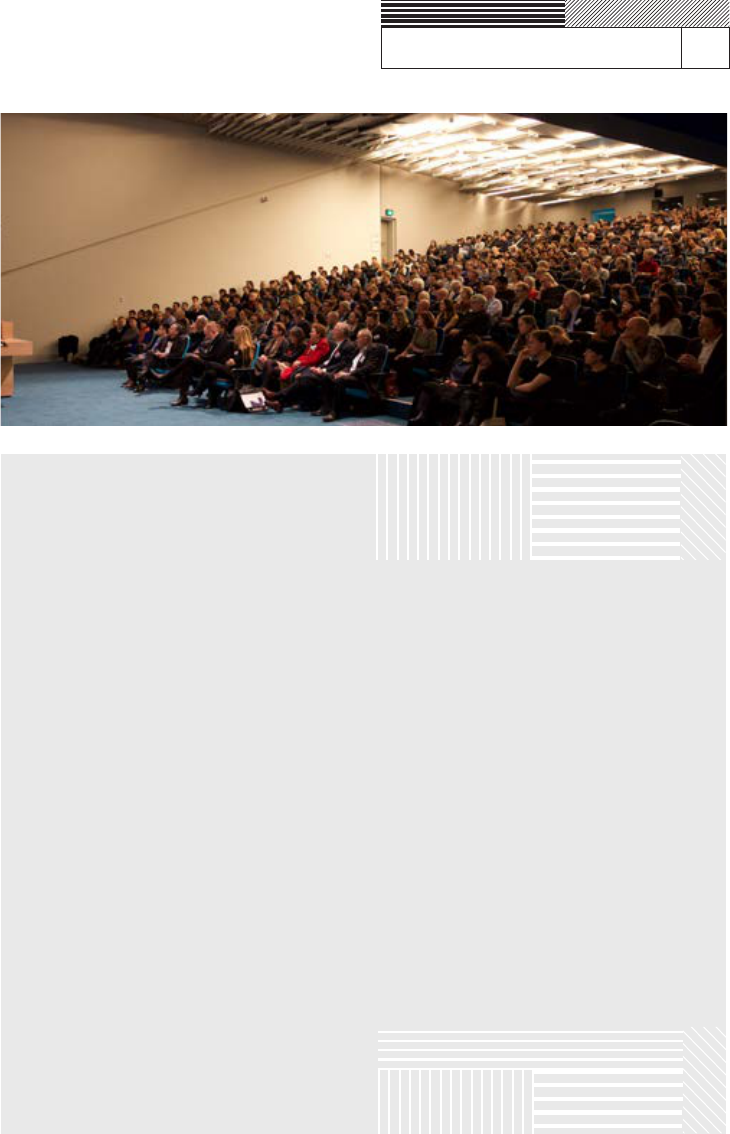
5
19 March
2019 Treseder Fellowship*
CHRISTIAN BASON
'Design for Society – A Critical Perspective'
Chief Executive
Danish Design Centre
30 April
BEATRIZ COLOMINA
Professor, History and Theory
of Architecture,
Princeton University
30 July
PETER WILSON
Principal and Owner, Bolles+Wilson
Münster, Germany
20 August
ANANYA ROY
Director, Institute on
Inequality & Democracy
UCLA
12 November
MPavilion Architect Lecture
GLENN MURCUTT AO
*This event is run in conjunction with the NGV 2019
Melbourne Design Week (14-21 March).
BE—150
Dean’s Lecture &
Alumni Series
Theatre B117
Glyn Davis Building
Melbourne School of Design
BE–150 SERIES
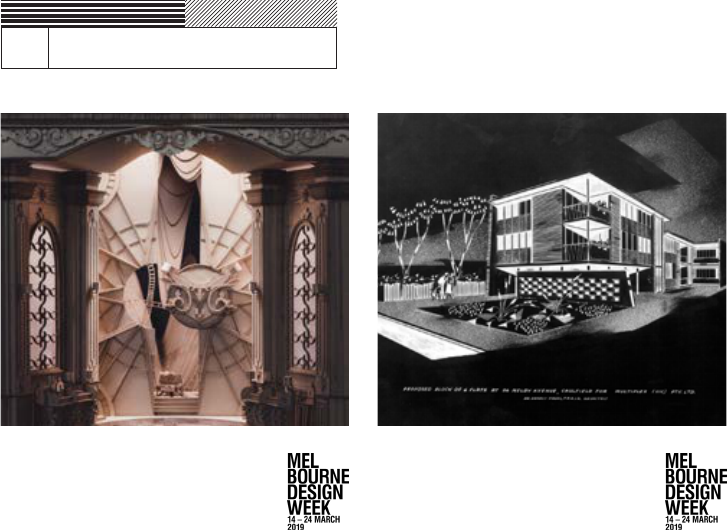
6
BE—150 STUDIO EXHIBITION
Studio Exhibition:
Smoke and Mirrors
BE—150 EXHIBITION
Excavating
Modernism:
Stylistic Species, Émigré Architects
and the South-Eastern Suburbs
7 – 24 March
Gallery Hours: Mon-Fri 10am-5pm
Sat-Sun 1-5pm. Glen Eira, City Council Gallery
In conversation: Friday 15 March, 12pm
Floor talk: Friday 22 March, 12pm
Presented by: Professor Alan Pert, Melbourne
School of Design
Exhibition materials, including archival drawings,
documentation, interviews, print media and the
creation of a publication and 3D models explore the
narratives of the projects of Jewish émigré architects
in Glen Eira. Through the employment of historical
materials from University-held archives, recently
acquired archives, and content sourced from the
families of the exhibiting architects, this exhibition
generates a dialogue about the role of these
typologies in our housing, cultural and historical
landscapes. Interspersed with this is work from
2018 Curatorial Practice students, who derive their
own understanding and interpretation to provide a
contemporary contextualisation to the works.
EXHIBITIONS
25 February – 25 March
Dulux Gallery, MSD
Gallery Hours: Mon-Fri 10am-5pm
Sat-Sun 12pm-5pm
Smoke and Mirrors explores the intersection of
stage sets, miniatures, architecture and narrative
driven design. Utilising spatial analysis of lm
sets and literature, the animated artefacts
are a product of the digital and physical born
from rapid prototyping (laser-cutting), digital
fabrication techniques and model-making.
Led by architect Jannette Le, and Tutors Michael
Mack, Mond Qu and Denis Vlieghe this exhibit will
show independent scenes that centralise around
the wizarding world of magic.
This exhibit is a collaboration between
Tinytecture, United Make, Cube Zero and the
Melbourne School of Design.
Image: 'Gringotts', student work by Paul Yap En Hao, Hylin
Lam, Ka Wing Karen Tsui, Hoi Yin Ho and Kye Yuan Choong
featured in Smoke and Mirrors.
Image: Six Pack Flats (Multiplex – Proposed), 16 Melby Street,
Cauleld. Ernest Fooks. SLV Collection.
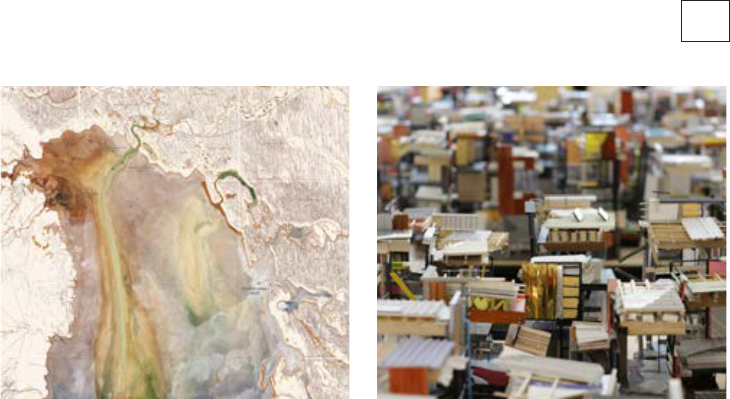
7
BE—150 EXHIBITION
Water Lore:
Learning from the Drylands
BE—150 STUDIO EXHIBITION
Construction Design
20 May – 7 June
Dulux Gallery, MSD
Gallery Hours: Mon-Fri 10am-5pm
Sat-Sun 12pm-5pm
A studio exhibition proling the nal models
produced by students from the third-
year undergraduate architecture subject
‘Construction Design’.
Students are required to analyse and identify the
construction systems and approaches employed
to full the design brief, architectural intent and
performance criteria of the built outcome.
Exhibited work includes a vast array of student
made models (1:20) and the associated technical
drawings which prole a section of a designated
building.
Image: Kati Thanda-Lake Eyre by Antonia Besa
16 April - 17 May
Dulux Gallery, MSD
Gallery Hours: Mon-Fri 10am-5pm
Sat-Sun 12pm-5pm
Curated by Gini Lee & Antonia Besa this
exhibition presents an intensive deep
mapping project as a medium for shared
knowledge, novel systems and sustainable
ecologies for arid regions, aimed at
beneting urban communities facing drying
Anthropocene conditions.
Based on interdisciplinary secondary research
together with eld work and site explorations
this exhibition maps two major Australian
river systems, the regulated Murray Darling
and the unregulated Cooper Creek.
The exhibition provides a large-scale water
map of dryland Australian landscapes formed
by water overlaid with contemporary and
historic water values and installations.
Image: James Raerty
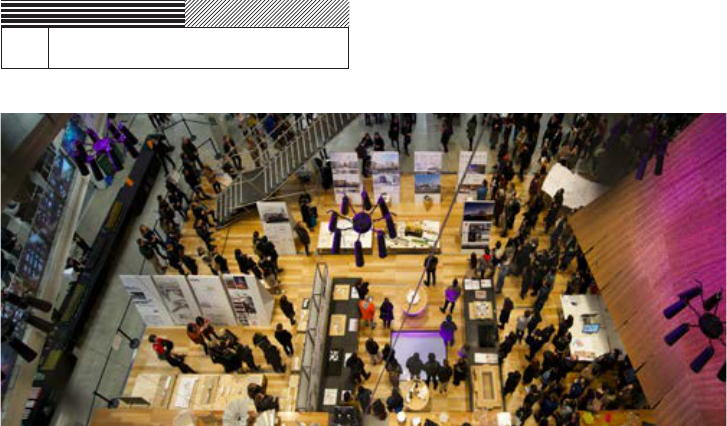
8 EXHIBITIONS
BE—150 EXHIBITION
MSDx:
End of Semester Show
MSDx:
Come and Play Day
Thursday 27 June
Glyn Davis Building,
Melbourne School of Design
What would MSDx look like if it was co-designed
by kids? Join us and nd out.
Experience our ve-storey student exhibition rst
hand and explore the hidden joys of our building
as well as our architecture, sustainability and
design curriculum.
Aimed at children and high school students,
activities will include guided tours and
interactive workshops.
Image: James Raerty
20 June – 5 July
Monday to Friday, 9:00am-5:00pm
Glyn Davis Building,
Melbourne School of Design
Opening night
6 - 9pm, Thursday 20 June
Visit MSDx for a glimpse of future innovations
in the built environment. The Melbourne
School of Design transforms into a multi-oor
gallery showcasing hundreds of pieces of
studio work by our talented students.
MSDx illustrates the quality and diversity of
output at the Melbourne School of Design,
ranging from highly speculative propositions
to more practice-oriented eorts, from small
design interventions to large urban proposals
and beyond.
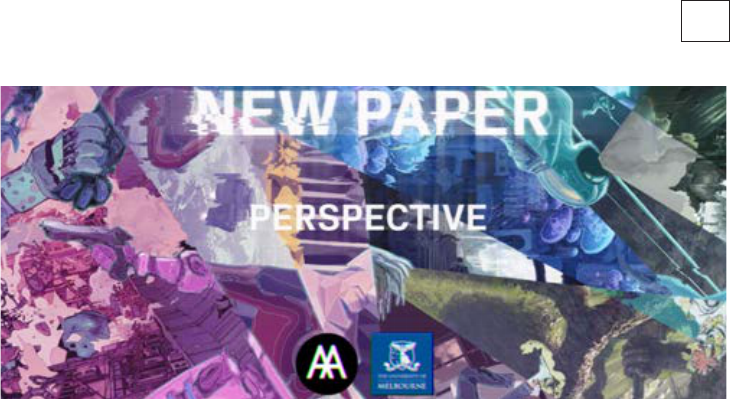
9
BE—150 STUDIO EXHIBITION
AA Visiting School:
New Paper
1-12 July
Melbourne School of Design
New Paper sets out to explore and question the
realms where Architecture is not just physically
constructed anymore. We will move into the
blurring of the virtual world within our day-
to-day lives; Architectural drawings will move
beyond mere representations but will become
lived-in experiences through dramatisation and
gamication. We intend to re-think Architecture
through the focus of today’s culture and will
share our bold visions of what is to come next.
This exhibition proles the work of a two-week
intensive design studio run by visiting sta
from the Architectural Association, School of
Architecture UK as well as teaching sta from
MSD.
Today our experience of the world is being
ltered through digital means and Architecture is
no dierent.
We absorb copious amounts of space through
the lenses of our iris’, which as a result, has
fast-forwarded our dreams into an electric new
world. From the lters on social media, spatial
computing, decisions made on speculation, we
live in a time where we can no longer tell the
dierence between physically built objects to
virtually rendered landscapes, and because of
this, our understanding of environment needs to
fundamentally change.
Image: Paul Loh
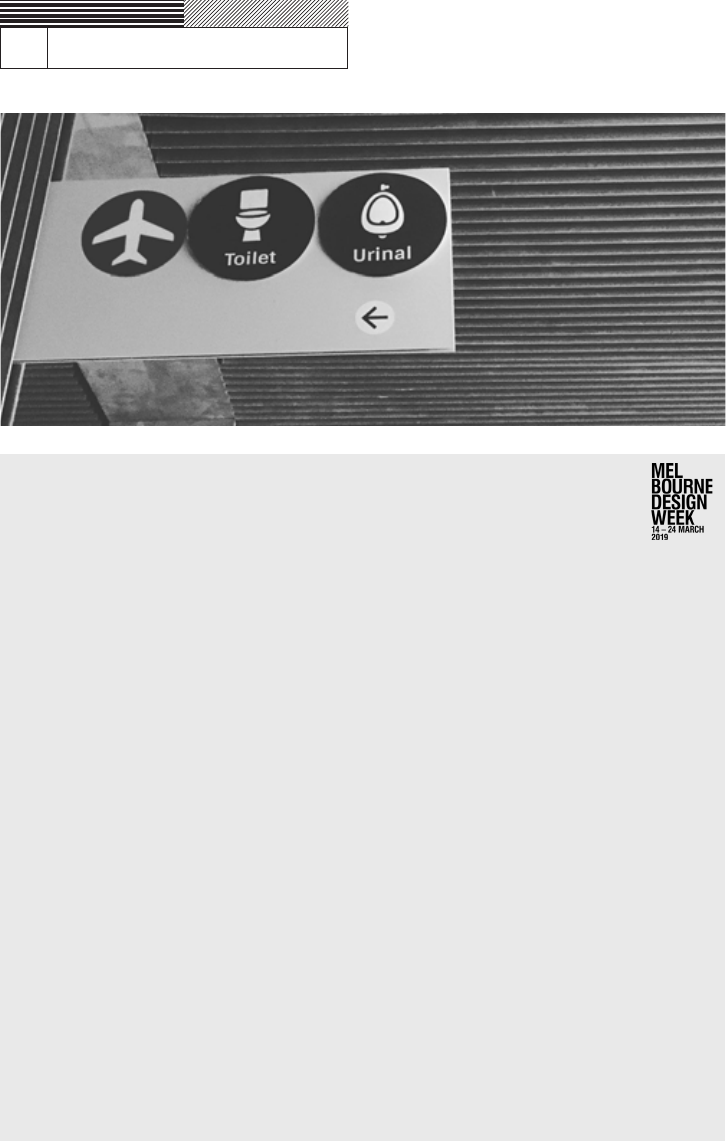
10 PANELS
BE—150 Alumni & Industry Panel
More Than Bathrooms:
Gender Diversity in Architecture
20 March
6:30pm - 8pm
followed by networking and refreshments
Malaysia Theatre
Glyn Davis Building
Melbourne School of Design
Simona Castricum and the University of
Melbourne presents a panel centring active
stakeholders in Melbourne’s LGBTIQA+
community to talk about their experiences
creating queer, sexual and gender diverse
spaces.
Moderator
Simona Castricum: Musician; Architecture
Researcher & Educator, University of
Melbourne
Panelists
» Bexx Davis: Director, LISTEN
» Andrew Eklund: Executive Director,
Transgender Victoria
» Dr Bianca Fileborn: Lecturer in
Criminology, The University of Melbourne
» Sally Goldner AM: Co-Founder,
Transgender Victoria; Broadcaster, 3CR’s
Out of the Pan
» S.J Norman: Artist; Producer-in-Residence
- Next Wave
» Peter Waples-Crowe: Artist; Indigenous
Health Educator, Thorne Harbour Health
Please note: Wheelchair Accessible and
AUSLAN Translation
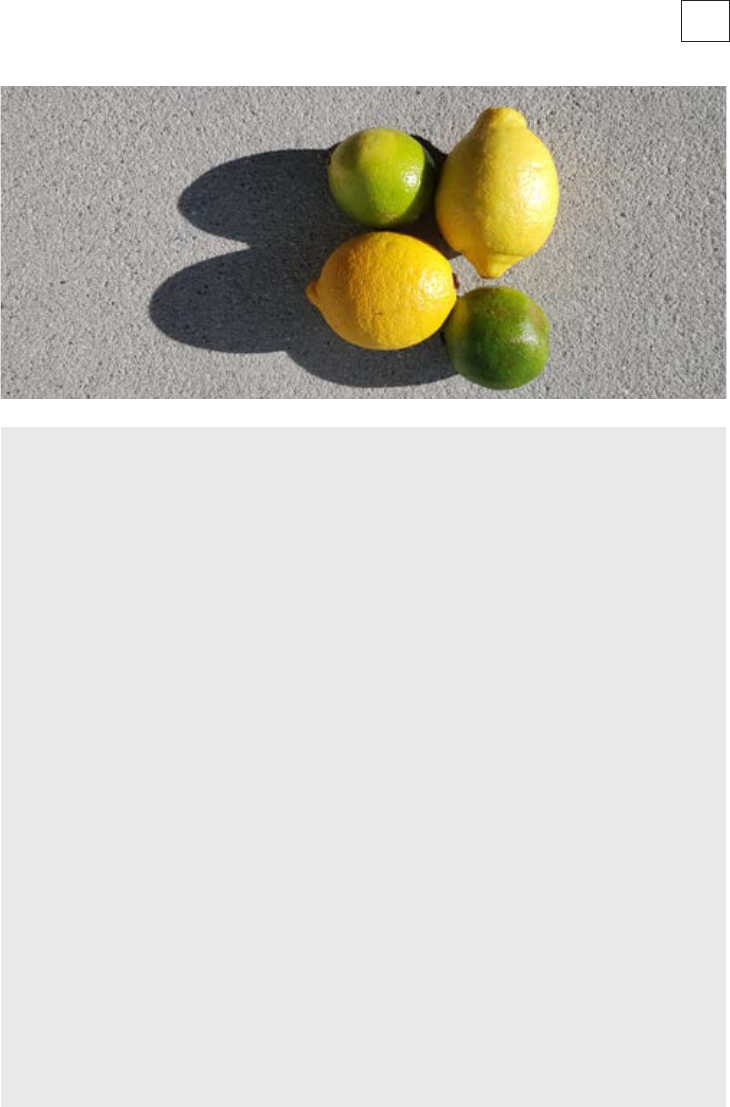
11
BE—150 Alumni & Industry Panel
Avoiding Green Lemons:
The value of green building - the past, present and future
Panelists
» Dr. Georgia Warren-Myers (chair)
Senior lecturer in Property , The
University of Melbourne
» Professor Franz Fuerst
Professor of Real Estate and Urban
Economics, Graduate Programme
Director, Course Director MPhil Real Estate
Finance, Cambridge University Land
Society Fellow, Director of Studies and
Fellow Commoner at Trinity Hall
» Anthony DeFrancesco
Managing Director, Real Investment
Analytics
» Richard Bowman
Partner, Ernst and Young, Real Estate
Advisory
16th April
6:30pm – 7:30pm
followed by networking and refreshments
Theatre B117
Glyn Davis Building
Melbourne School of Design
This alumni and industry panel looks back
at the sustainability and green building
momentum over the past decade and examines
what are the current challenges presented to
the industry that will drive major changes in the
way property is owned, occupied and used for
investment over the next 10 years.
Changing political and environmental
challenges are inhibiting eective property
development and investment strategies; with a
myriad of emissions agendas, rating tools, the
sustainability 2.0 movement focused on the
occupant, which way to jump?
It asks what strategies should property
stakeholders be considering for the next 10
years?
Image: Barbara Charles
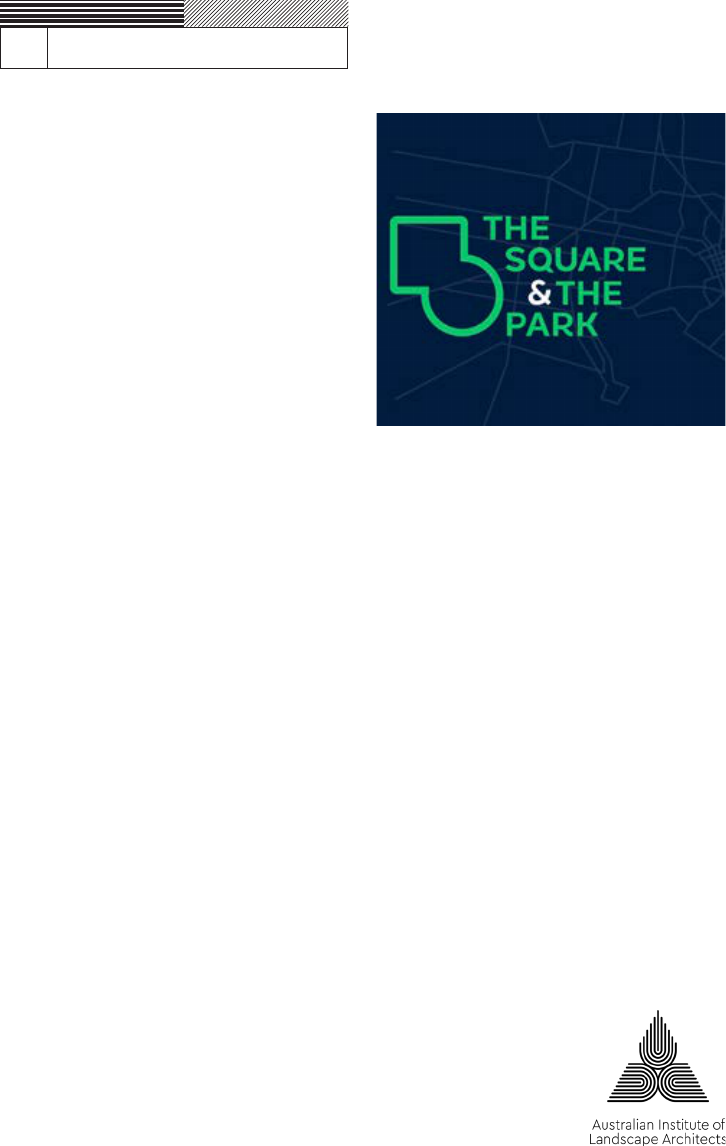
12
BE—150 DESIGN COMPETITION
The Future Park Design
Ideas Competition:
A New Public Space for
Melbourne
Competition launch: 22 March
Presented by the University of Melbourne,
in partnership with Australian Institute of
Landscape Architects (AILA)
» AUD$20,000+ in prizes;
» Students and practitioners are encouraged
to participate;
» Open entry; no registration fees required.
In 1837 surveyor Hoddle’s plan laid the
foundations for the city of Melbourne,
transforming the endemic landscape of
wetlands, open grasslands and custodial lands
of the Kulin nation into a speculative real estate
grid surrounded by colonial parkland. Featuring
a botanic garden, a Domain, along with other
signicant garden squares and parks, this
generous layer of open space was integral to
the development of ‘Marvellous’ Melbourne
- a vibrant late nineteenth century city of
international prominence.
Fast forward, and Melbourne’s rapid millennium
growth has reshaped the city centre and
inner suburbs into a dense urbanism, with
apartment towers and medium density housing
constructed on former industrial sites and lining
major transport corridors. Melbourne is now
considered the fourth fastest growing city in the
OECD, and is expected by 2050 to eclipse Sydney
as Australia’s largest city. This population growth
and densication raises questions over the
capacity of existing parks to meet the needs of
the contemporary city.
This idea competition challenges professional
and emerging landscape architects, urban
designers, architects and planners to speculate
on new park possibilities for a future Melbourne.
How can parks shape Melbourne’s urban form?
Where should this new public open space be
located, how should it be congured and what
is its role? Is a new signature park in the spirit of
Seoul’s Cheonggyecheon Park (2005) or Moscow
Zaryadye Park (2018) appropriate, or instead
smaller sequences of parks? Should parks be
designed at ground level or are other spatial
locations possible?
Proposals are asked to address these questions in
two ways.
1. Make the Space
Restricted to a 10 km radius of Melbourne’s
city centre, designers must present a
rationale (speculative or other) for the
location and conguration of their proposed
public open space/s. Strategies for procuring
land such as amalgamation, demolition,
repurposing, redening and re zoning should
be considered
2. Design the Place
What is the role of the park in 2050? Designers
must present the aesthetic, civic and
ecological attributes of their scheme, and
COMPETITIONS
highlight how these
attributes respond to
the challenges facing
Melbourne in the mid
twenty rst century.

13
BE—150 DESIGN COMPETITION
Melbourne’s Great
Architectural Baking
Competition
Open Day (18 August 2019)
Students, sta, alumni and the public will test
their creative, culinary and engineering skills in
transferring from building to cake design.
Judged by a stellar panel of leading names in
the food, architecture and design industries at
the University of Melbourne’s 2019 Open Day.
Stay tuned for more details.
BE—150 STUDENT COMPETITION
Design the Perfect
Graduation Gi
Images (L-R): Jonathan Hoxmark and Studio Binocular
In 2019 the Faculty of Architecture, Building
and Planning challenges its graduating student
group to design the perfect gi for their peers.
Categories likely to include:
» Undergraduate;
» Graduate;
» Graduate Research.
A selection of shortlisted entries will be
showcased in an end of year exhibition.
Winning entries will be commissioned for
production and gied to each student
graduating at the December 2019 ceremony.
Stay tuned for more details.

14
BE—150 EVENT
Hack Melbourne
September
Melbourne School of Design
Calling designers, coders, architects, digital
natives, story-tellers, activists, analysts,
journalists and anyone with an interest in using
open data to drive social and economic value.
In the year that the University of Melbourne
celebrates 150 years of built environment
education, the Faculty of Architecture, Building
and Planning will host a hackathon to celebrate
technical and creative capacity.
EVENT
Tapping into the vast wealth of publicly available
information this event aims to open doors for
collaboration with governments, community and
cultural groups and to help advance the cause of
open data to drive change.
Bringing together students, practitioners
industry, alumni and academic sta, the
competition will look to create innovative
solutions to real world challenges using open
source data.
Stay tuned for more details.
Image: Markus Spiske
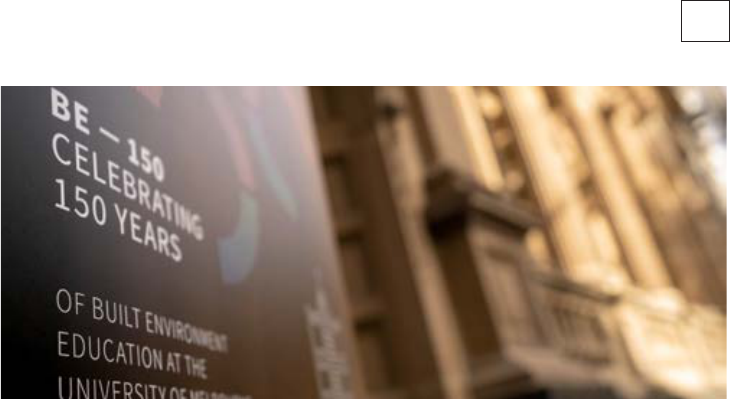
15
Celebrating Melbourne's
Iconic Buildings
The BE—150 program artwork features iconic
Melbourne buildings selected to celebrate the
ongoing connection between the University and
the wonderful city that we call home.
Created by the Melbourne-based design rm,
Studio Binocular, this artwork features buildings
from across Melbourne rendered to reference the
distinctive aesthetic and line work used in all of
our Melbourne School of Design visuals.
This artwork aims to celebrate Melbourne's rich
body of architecture, design and urban forms as
well as the achievements of Melbourne's diverse
and talented design community.
Selected buildings include:
» Alkira House
» The Joseph Reed Facade of the Glyn Davis
building (home to ABP and MSD)
» National Gallery of Victoria International
» Federation Square
» The Century Building
» Flinders Street Station
We are currently hard at work producing a range
of BE—150 themed gis and apparel featuring
these Melbourne buildings. We look forward to
experimenting with these motifs, applying them
to dierent mediums and contexts. Keep an
eye out for BE—150 apparel including earrings,
t-shirts, pins, badges, scarves and who knows
what else?
Image: James Raerty
Register at
unimelb.edu.au/be150/stay-in-touch
to receive updates on additions to the
BE—150 range.

unimelb.edu.au/be150
CRICOS Provider Code: 00116K
Intellectual property: Copyright in this publication is owned by the University and
no part of it may be reproduced without the permission of the University.
Disclaimer: The University endeavours to ensure that information contained in
this publication is current and correct at the time of printing (March 2019).
Cover images: Studio Binocular
